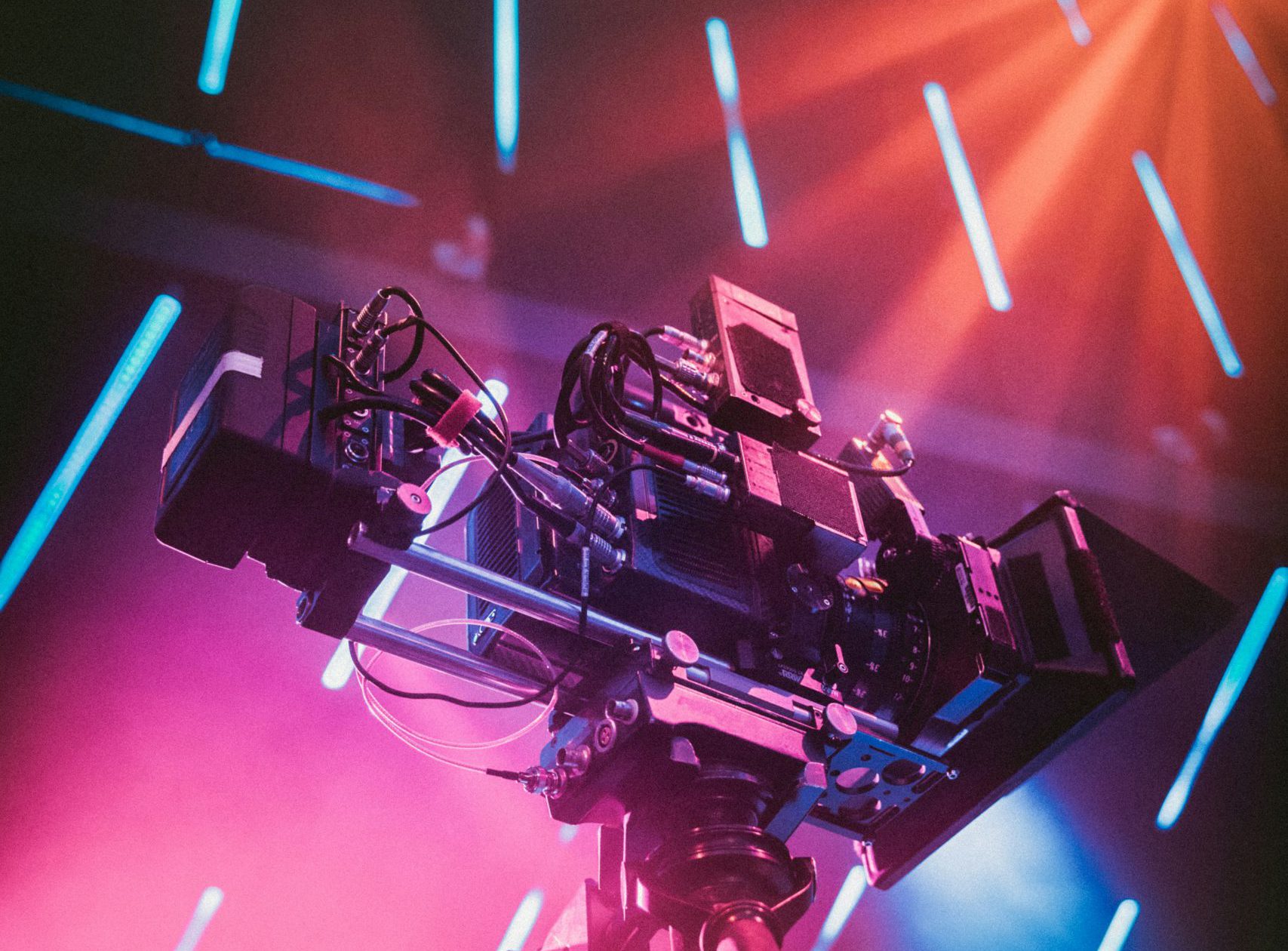Queer cinema is an expression of freedom that challenges the foundations of heteronormativity upon which society is built. It aims to translate real, unvarnished experiences into cinematic art and offer an authentic portrayal of queer reality. It not only unearths the core of queer existence, but also offers a path to a more inclusive and diverse cinematic landscape.
However, the development of queer cinema is far from all-encompassing. Rather, it has many histories. As Emily Barton, a PhD student in cinema and media studies, asserts, queer cinema encompasses global, formal, gendered, and racialized perspectives.
Barton adds that thinking about queer cinema as ‘all-encompassing’ can sometimes lead to a “real evacuation” of the complicated histories and differences of queer cinema.
They explain that queer cinema history ranges “from the first ‘pro’ gay film in the Weminar republic (Different from the Others), to the New Queer Cinema (mostly in North America and Europe) in the 1980s and 90s, to the earlier American avant-garde (folks like Kenneth Anger, Jack Smith, Barbara Rubin), or feminist iterations during the 80s (people like Lizzie Borden, Yvonne Rainer, and Cheryl Dunye).”
John Greyson, associate professor with the graduate program in film, notes a breakthrough in the emergence of trans filmmakers, noting examples of the arrival of recent films, Framing Agnes by Chase Joynt and Orlando, My Political Biography by Paul Preciado.
He continues: “Simultaneously, the success of radical trans TV comedies like Pose and Sort Of has centered Black and BIPOC trans stories in new and exciting new ways.”
However, are these current approaches meeting their expectations, or is there still more ground to cover?
Kore Signet-Yang of TBLGAY at York points out the limited and often stereotypical portrayals of queer characters in mainstream cinema, which are either reduced to brief and insignificant appearances or ones that are exclusively defined by their queerness.
“This means that we rarely get, for example, genre movies that happen to feature a trans protagonist, whose experience as a trans person isn’t simply incidental and unremarked upon, but also isn’t the center of the film, which is how a lot of us live our lives; our identity isn’t the only thing that matters, but it does matter.”
Signet-Yang continues: “Either we get tokenized as a five second shot of two women kissing, or we get tokenized as in films like The Danish Girl, which purely exploits our identities for drama without letting us be full people.”
Queer films treat such issues with more subtlety and care in comparison, as demonstrated in films such as Elisa & Marcela, which centers around the protagonists’ experiences as lesbians, but allows “their characters have room to breathe.”
Hence, Barton urges for the “prioritization of non-commercial and non-normative oppositional queer cinemas,” advocating for films that embody radical queer politics and adopt non-conventional styles, as seen in Gregg Araki’s Teenage Apocalypse trilogy.
Greyson also believes that changes need to reflect our queer film festivals. He emphasizes that the global queer cinema film festival circuit “needs to return to [their] roots — open up their screens to more activist and more avant-garde voices.
“There’s a grand, century-long tradition of experimental queer/trans cinema”, he says. “Our festivals need to better reflect that, not just rely on easy mainstream entertainment.”


